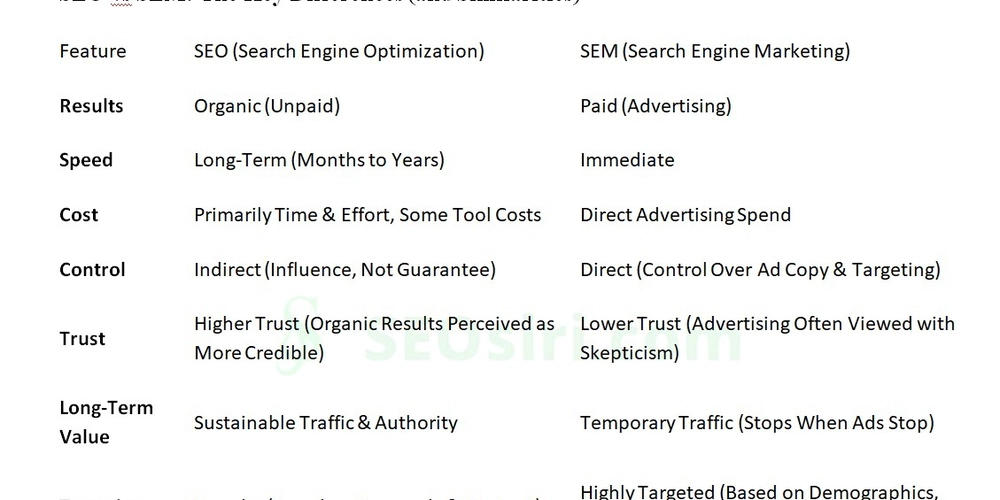How to Parse and Manipulate Dates in Python With datetime and dateutil
How to Parse and Manipulate Dates in Python With datetime and dateutil Working with dates and times in Python can get tricky, especially when dealing with multiple formats or time zones. In this tutorial, we’ll walk through how to parse, format, and manipulate dates using Python’s built-in datetime module and the powerful dateutil library. 1. Import Required Libraries Start by installing dateutil if you haven't already: pip install python-dateutil from datetime import datetime, timedelta from dateutil import parser, relativedelta 2. Parsing Date Strings Use datetime.strptime() when you know the format: date_str = "2025-04-14" parsed_date = datetime.strptime(date_str, "%Y-%m-%d") print(parsed_date) Or use dateutil.parser to auto-detect format: date_str = "April 14, 2025 10:30 AM" parsed = parser.parse(date_str) print(parsed) 3. Formatting Dates as Strings now = datetime.now() formatted = now.strftime("%B %d, %Y at %I:%M %p") print(formatted) This would output something like April 14, 2025 at 04:45 PM. 4. Performing Date Arithmetic today = datetime.today() tomorrow = today + timedelta(days=1) next_month = today + relativedelta.relativedelta(months=1) print("Tomorrow:", tomorrow) print("Next month:", next_month) 5. Comparing Dates date1 = parser.parse("2025-04-14") date2 = parser.parse("2024-12-25") if date1 > date2: print("Date1 is after Date2") 6. Handling Time Zones (Optional) For time zone-aware datetime objects, consider using pytz or zoneinfo (Python 3.9+). from datetime import timezone aware_now = datetime.now(timezone.utc) print(aware_now) Conclusion Whether you’re building a dashboard, handling user input, or scheduling jobs, being able to work with date and time data is crucial. With datetime and dateutil, you can handle parsing, formatting, and manipulating dates with ease. If this post helped you, consider supporting me: buymeacoffee.com/hexshift

How to Parse and Manipulate Dates in Python With datetime and dateutil
Working with dates and times in Python can get tricky, especially when dealing with multiple formats or time zones. In this tutorial, we’ll walk through how to parse, format, and manipulate dates using Python’s built-in datetime module and the powerful dateutil library.
1. Import Required Libraries
Start by installing dateutil if you haven't already:
pip install python-dateutilfrom datetime import datetime, timedelta
from dateutil import parser, relativedelta2. Parsing Date Strings
Use datetime.strptime() when you know the format:
date_str = "2025-04-14"
parsed_date = datetime.strptime(date_str, "%Y-%m-%d")
print(parsed_date)Or use dateutil.parser to auto-detect format:
date_str = "April 14, 2025 10:30 AM"
parsed = parser.parse(date_str)
print(parsed)3. Formatting Dates as Strings
now = datetime.now()
formatted = now.strftime("%B %d, %Y at %I:%M %p")
print(formatted)This would output something like April 14, 2025 at 04:45 PM.
4. Performing Date Arithmetic
today = datetime.today()
tomorrow = today + timedelta(days=1)
next_month = today + relativedelta.relativedelta(months=1)
print("Tomorrow:", tomorrow)
print("Next month:", next_month)5. Comparing Dates
date1 = parser.parse("2025-04-14")
date2 = parser.parse("2024-12-25")
if date1 > date2:
print("Date1 is after Date2")6. Handling Time Zones (Optional)
For time zone-aware datetime objects, consider using pytz or zoneinfo (Python 3.9+).
from datetime import timezone
aware_now = datetime.now(timezone.utc)
print(aware_now)Conclusion
Whether you’re building a dashboard, handling user input, or scheduling jobs, being able to work with date and time data is crucial. With datetime and dateutil, you can handle parsing, formatting, and manipulating dates with ease.
If this post helped you, consider supporting me: buymeacoffee.com/hexshift


.jpg)

























![[Webinar] AI Is Already Inside Your SaaS Stack — Learn How to Prevent the Next Silent Breach](https://blogger.googleusercontent.com/img/b/R29vZ2xl/AVvXsEiOWn65wd33dg2uO99NrtKbpYLfcepwOLidQDMls0HXKlA91k6HURluRA4WXgJRAZldEe1VReMQZyyYt1PgnoAn5JPpILsWlXIzmrBSs_TBoyPwO7hZrWouBg2-O3mdeoeSGY-l9_bsZB7vbpKjTSvG93zNytjxgTaMPqo9iq9Z5pGa05CJOs9uXpwHFT4/s1600/ai-cyber.jpg?#)












































































































































![[The AI Show Episode 144]: ChatGPT’s New Memory, Shopify CEO’s Leaked “AI First” Memo, Google Cloud Next Releases, o3 and o4-mini Coming Soon & Llama 4’s Rocky Launch](https://www.marketingaiinstitute.com/hubfs/ep%20144%20cover.png)





























































































































![[FREE EBOOKS] Machine Learning Hero, AI-Assisted Programming for Web and Machine Learning & Four More Best Selling Titles](https://www.javacodegeeks.com/wp-content/uploads/2012/12/jcg-logo.jpg)








































































![Rogue Company Elite tier list of best characters [April 2025]](https://media.pocketgamer.com/artwork/na-33136-1657102075/rogue-company-ios-android-tier-cover.jpg?#)








































































_Andreas_Prott_Alamy.jpg?width=1280&auto=webp&quality=80&disable=upscale#)






























































































![What’s new in Android’s April 2025 Google System Updates [U: 4/18]](https://i0.wp.com/9to5google.com/wp-content/uploads/sites/4/2025/01/google-play-services-3.jpg?resize=1200%2C628&quality=82&strip=all&ssl=1)










![Apple Watch Series 10 Back On Sale for $299! [Lowest Price Ever]](https://www.iclarified.com/images/news/96657/96657/96657-640.jpg)
![EU Postpones Apple App Store Fines Amid Tariff Negotiations [Report]](https://www.iclarified.com/images/news/97068/97068/97068-640.jpg)
![Apple Slips to Fifth in China's Smartphone Market with 9% Decline [Report]](https://www.iclarified.com/images/news/97065/97065/97065-640.jpg)
































































































































